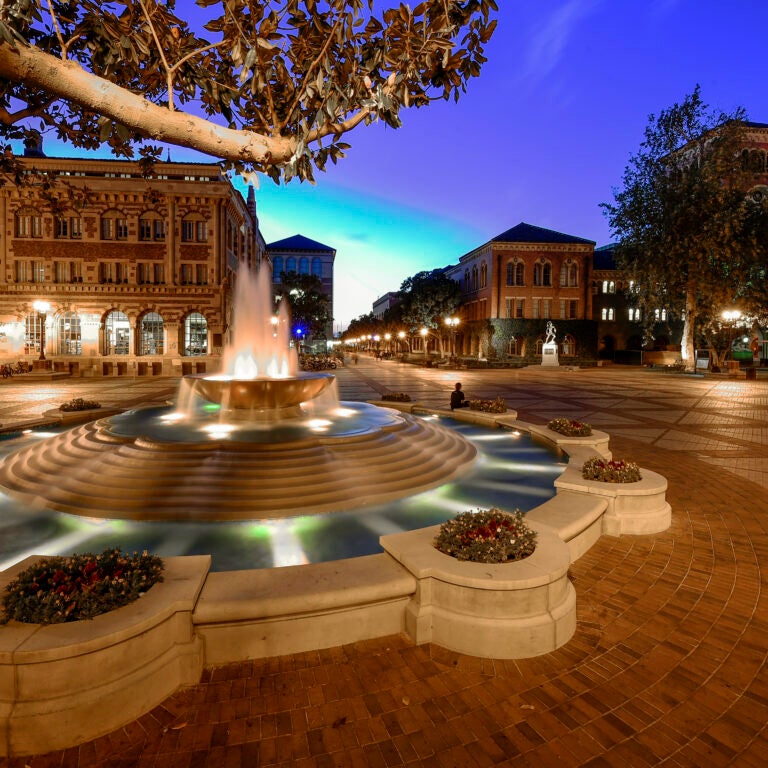“When the 19th Amendment failed to bring voting rights to Black women and men in the South, Black women’s organizations redoubled their efforts to register and vote for the next 45 years until the passage of the Voting Rights Act of 1965. College president Mary McLeod Bethune and banker Maggie Lena Walker registered Black women voters in 1920 in Florida and Virginia, but violence and intimidation soon followed. Septima Clark lost her teaching job in South Carolina for creating citizenship schools that helped register voters. Fannie Lou Hamer was brutally beaten for trying to register and went on to cofound the Mississippi Freedom Democratic Party.
“The Voting Rights Act was written in the blood of black activists and its weakening imperils people of all races, genders and creeds.”
Francille Rusan Wilson is a labor historian with expertise on the intersections between Black labor movements, Black social scientists, and Black women’s history during the Jim Crow era. Wilson is an associate professor of American Studies & Ethnicity, History and Gender & Sexuality Studies at the USC Dornsife College of Letters, Arts and Sciences.
Contact: frwilson@usc.edu
“I remember the day I was about to leave the hospital after giving birth to my daughter in April 2012. The nurse handed me a bundle of papers. She explained that these would be necessary to receive a copy of her birth certificate. Another form would assign her a social security number. A final application asked if I would like a letter of congratulations from President Barack Obama and First Lady Michelle Obama. I remember feeling really full that day. That bundle contained all the paperwork I would need to establish my daughter’s personhood here in the United States.
“As a Black woman, I know that this was not always a given. Black women during the time of slavery were seen as ‘the mule of the world,’ as Zora Neale Hurston so eloquently put it. But thanks to legions of suffragettes, from all ethnicities and backgrounds, I now had a chance to give birth to a Black baby girl who would never know a world without voting, never know a world without a Black president and never know a White House that did not have, at one time, three generations of Black women living in it. My vote helped make that possible. As we look to celebrate the 100th anniversary of women’s suffrage, it’s important to me to continue fighting for everyone’s right to vote — just as fiercely as I fight to protect my daughter’s right to be a happy, free Black girl.”
Allissa Richardson is an assistant professor of journalism and communication at USC Annenberg who studies how marginalize communities utilize social media and mobile platforms, particularly during times of crisis.
Contact: allissar@usc.edu or (213) 598-2053
Voting rights remain in peril

“Today, the right to vote is under attack in ways we haven’t seen in 50 years. It’s important to remember how long women struggled for the right to vote. The 19th Amendment marks the culmination of white women’s fight for suffrage, but Black women and other women of color continued to fight for the right to vote until the historic Voting Rights Act of 1965.”
Ariela Gross is a law professor and expert in race, slavery and civil rights law at the USC Gould School of Law.
Contact: agross@law.usc.edu
Women’s suffrage makes a difference: Women typically outvote men

“Women’s suffrage matters in U.S. elections, as we can see by their voting patterns over the years. Women voters typically turn out at higher rates than men in every election. When you break down the data by ethnicity or race, or even by age, we see significant gender differences. Latinas outvote Latino men at higher rates than white women outvote white men.
“In the 2016 presidential election, the turnout of Latina voters was 5 percentage points higher than the turnout of Latino men in the 2016 general election, whereas the difference between white non-Latino women and men was smaller (3.1 percentage points).
“Although smaller in the midterms, the gender difference in Latino voter turnout was present in every election over the past two decades. In addition, African American women have had much higher turnout than African American men in every election over the past two decades. In 2016, the voter turnout of African American women was over 9 percentage points higher than that of African American men — the largest gender difference for African American voters since 1996. In contrast, the Asian American gender difference in turnout has fluctuated over the same period. In some elections, such as in 2016, Asian men outvoted Asian women.”
Mindy Romero is the director of the Center for Inclusive Democracy at the USC Price School of Public Policy. Romero’s research focuses on political behavior and race/ethnicity and seeks to explain patterns of voting and political underrepresentation.
Contact: msromero@usc.edu or (530) 665-3010
“For example, Ida B. Wells, an investigative journalist, advocated for women’s right to vote even as she reported on the lynching of Black people. Yet Black women like herself were prevented from voting by the same racial terrorism. And though some suffragists engaged in same-sex relationships, even those who did not were condemned by journalists as members of ‘a third sex’ because they resisted narrow notions about what women should be. Horace Greeley, editor of the New York Tribune, ridiculed suffragists as ‘men with female physiques.’ Meanwhile, Frederick Douglass, editor of several newspapers, was one of very few men — Black or otherwise — who supported women’s right to vote.”
Channing Gerard Joseph is a lecturer of journalism at the USC Annenberg School for Communication and Journalism. An award-winning journalist, he is also a historian specializing in the culture and activism of Black queer Americans in the 19th and early 20th centuries.
Contact: channinj@usc.edu








